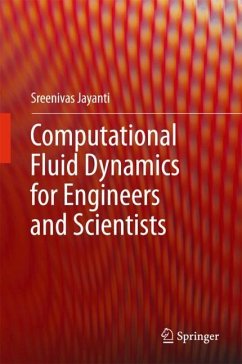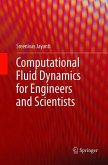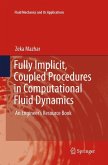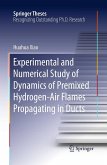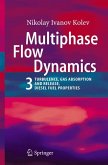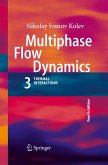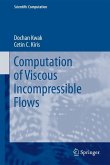This book offers a practical, application-oriented introduction to computational fluid dynamics (CFD), with a focus on the concepts and principles encountered when using CFD in industry.
Presuming no more knowledge than college-level understanding of the core subjects, the book puts together all the necessary topics to give the reader a comprehensive introduction to CFD. It includes discussion of the derivation of equations, grid generation and solution algorithms for compressible, incompressible and hypersonic flows. The final two chapters of the book are intended for the more advanced user. In the penultimate chapter, the special difficulties that arise while solving practical problems are addressed. Distinction is made between complications arising out of geometrical complexity and those arising out of the complexity of the physics (and chemistry) of the problem. The last chapter contains a brief discussion of what can be considered as the Holy Grail of CFD, namely, finding the optimal design of a fluid flow component. A number of problems are given at the end of each chapter to reinforce the concepts and ideas discussed in that chapter.
CFD has come of age and is widely used in industry as well as in academia as an analytical tool to investigate a wide range of fluid flow problems. This book is written for two groups: for those students who are encountering CFD for the first time in the form of a taught lecture course, and for those practising engineers and scientists who are already using CFD as an analysis tool in their professions but would like to deepen and broaden their understanding of the subject.
Presuming no more knowledge than college-level understanding of the core subjects, the book puts together all the necessary topics to give the reader a comprehensive introduction to CFD. It includes discussion of the derivation of equations, grid generation and solution algorithms for compressible, incompressible and hypersonic flows. The final two chapters of the book are intended for the more advanced user. In the penultimate chapter, the special difficulties that arise while solving practical problems are addressed. Distinction is made between complications arising out of geometrical complexity and those arising out of the complexity of the physics (and chemistry) of the problem. The last chapter contains a brief discussion of what can be considered as the Holy Grail of CFD, namely, finding the optimal design of a fluid flow component. A number of problems are given at the end of each chapter to reinforce the concepts and ideas discussed in that chapter.
CFD has come of age and is widely used in industry as well as in academia as an analytical tool to investigate a wide range of fluid flow problems. This book is written for two groups: for those students who are encountering CFD for the first time in the form of a taught lecture course, and for those practising engineers and scientists who are already using CFD as an analysis tool in their professions but would like to deepen and broaden their understanding of the subject.
"A book that can be read from different approaches: the student's approach in the process of professional training for whom constitutes a valuable aid as a result of its didactic presentation illustrated with examples and exercises that facilitate learning and understanding of the topics covered. ... The engineer will find modern tools to analyze problems find solutions and make decisions during his professional practice." (Melio Sáenz, researchgate.net, July, 2018)

